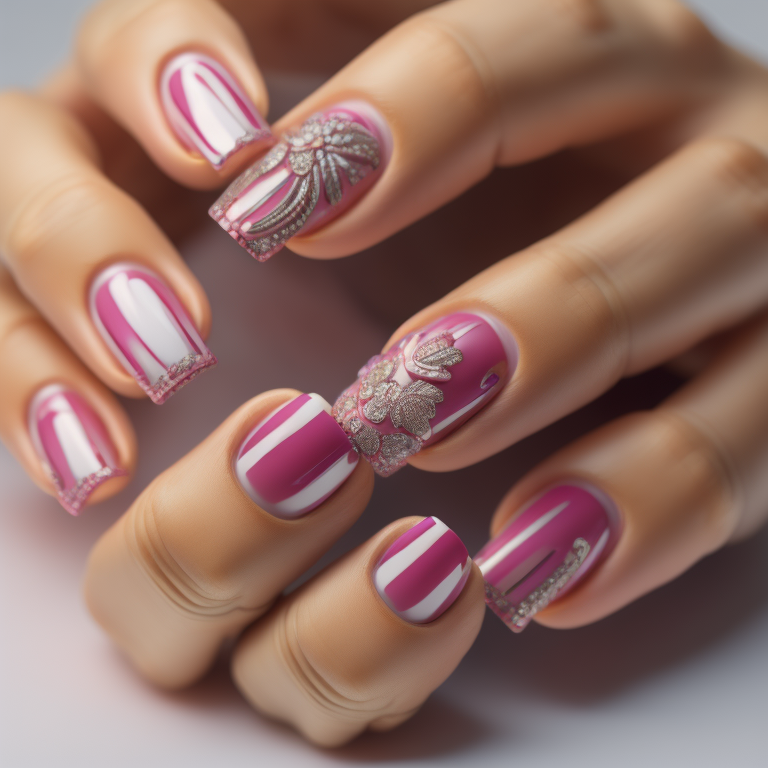10 Things You Didn’t Know About Acrylic: Unveiling The Secrets of This Versatile Material

Acrylic is a widely used material that offers a range of applications and benefits. From art to construction, this versatile material has captured the attention of designers, artists, and innovators worldwide. While you may be familiar with acrylic, there are several fascinating aspects of this material that you might not know. In this article, we will delve into the world of acrylic and uncover ten intriguing things you didn’t know about this remarkable substance.
1. Acrylic Origins
Acrylic, also known as polymethyl methacrylate (PMMA), was first developed in the early 20th century. It was initially used as a shatterproof alternative to glass during World War II. Over the years, its popularity grew, and it became a preferred material in various industries due to its transparency, durability, and versatility.
2. A Range of Colors
One interesting fact about acrylic is that it can be produced in a wide array of vibrant colors. Manufacturers can add pigments during the production process, resulting in transparent, translucent, or opaque acrylic sheets. This versatility makes acrylic a favorite choice in art, signage, and architectural applications where color plays a significant role.
3. Lightweight and Durable
Despite its lightweight nature, acrylic is incredibly durable. In fact, it is known to be more impact-resistant than glass, making it a popular choice for items like safety goggles, windshields, and protective barriers. Its durability also contributes to its longevity, as acrylic is less prone to cracking or shattering compared to other materials.
4. Optical Clarity
Acrylic possesses excellent optical clarity, allowing for high transparency levels. This characteristic makes it a valuable material for applications where visual clarity is essential, such as aquariums, display cases, and lenses for glasses. Additionally, acrylic can be polished to achieve an even greater level of clarity, enhancing its aesthetic appeal.
5. Weather Resistance
Another remarkable aspect of acrylic is its exceptional resistance to weathering. Unlike some materials that may fade or degrade when exposed to sunlight, acrylic retains its color and structural integrity over time. This makes it an ideal choice for outdoor signage, architectural features, and even outdoor furniture.
6. Thermal Insulation
Acrylic offers impressive thermal insulation properties. It acts as an effective barrier against heat transfer, making it a valuable material in applications where temperature control is important. For instance, acrylic is used in double-glazed windows to enhance energy efficiency by reducing heat loss.
7. Versatile Forming Techniques
Acrylic can be shaped and molded using various techniques. It can be thermoformed, bent, or even laser-cut to achieve desired shapes and designs. This versatility allows for endless possibilities in design and fabrication, making acrylic a favorite material for custom displays, architectural features, and artistic creations.
8. Chemical Resistance
Acrylic demonstrates excellent resistance to many chemicals, including acids, alkalis, and solvents. This property makes it suitable for use in laboratories, medical equipment, and chemical processing industries. Acrylic’s resistance to chemical corrosion ensures its longevity and reliability in such demanding environments.
9. Recyclable and Sustainable
Acrylic is a recyclable material, contributing to its eco-friendly profile. It can be melted down and reprocessed into new acrylic products, reducing waste and minimizing environmental impact. Additionally, its durability and longevity mean that acrylic items have a longer lifespan, further enhancing its sustainability.
10. Endless Applications
The versatility of acrylic opens the door to countless applications across various industries. From architecture and interior design to art, automotive, and electronics, acrylic finds its place in a wide range of products and creations. It has become a go-to material for its aesthetic appeal, functionality, and adaptability to diverse needs.
Conclusion
Acrylic is more than just a material; it is a world of possibilities. From its origins as a shatterproof alternative to glass, acrylic has evolved into a versatile substance with a myriad of applications. Its durability, optical clarity, and vibrant colors have made it a favorite among artists, designers, and manufacturers. Whether it’s used in art installations, architectural features, or everyday objects, acrylic continues to captivate with its fascinating characteristics. So, the next time you encounter an acrylic creation, take a moment to appreciate the hidden wonders of this remarkable material.
